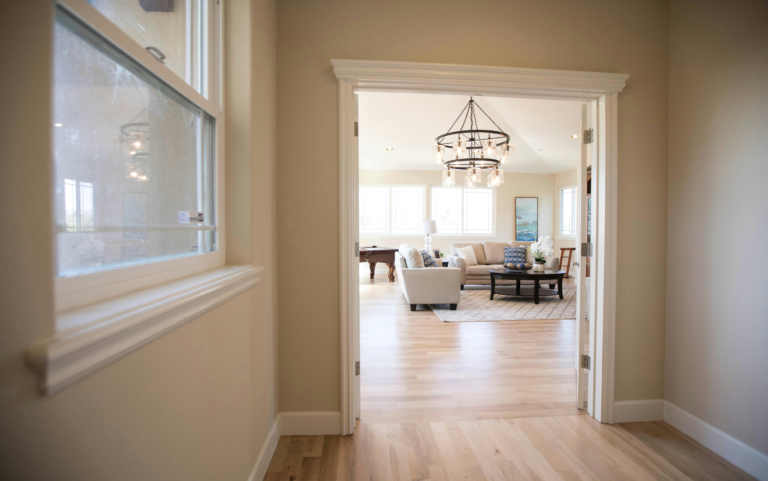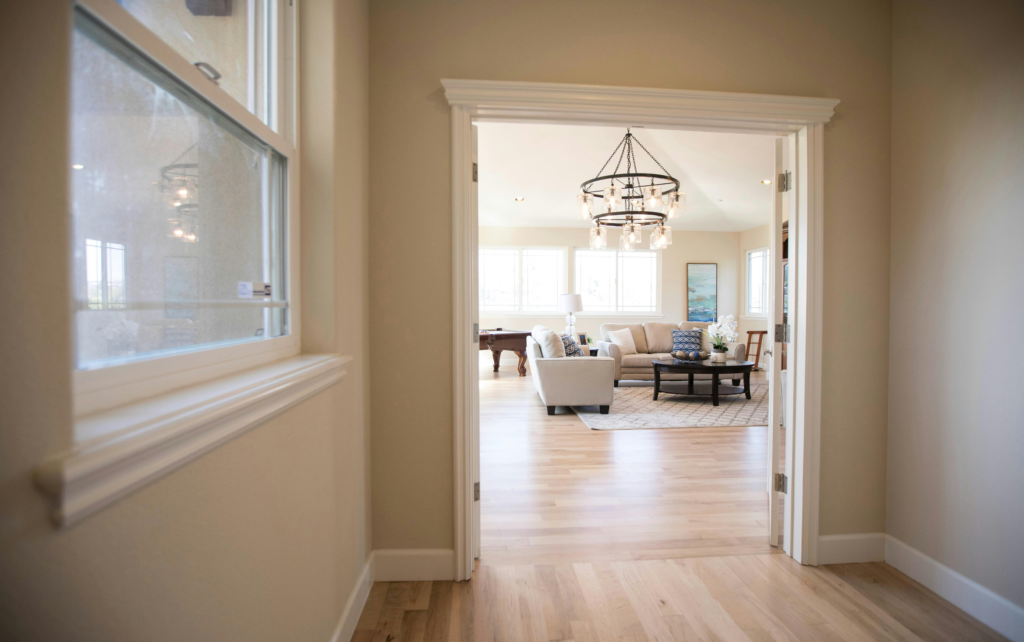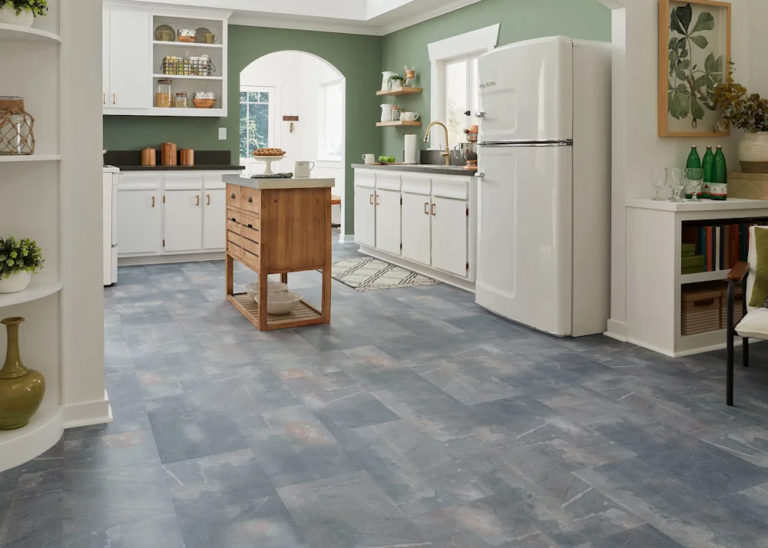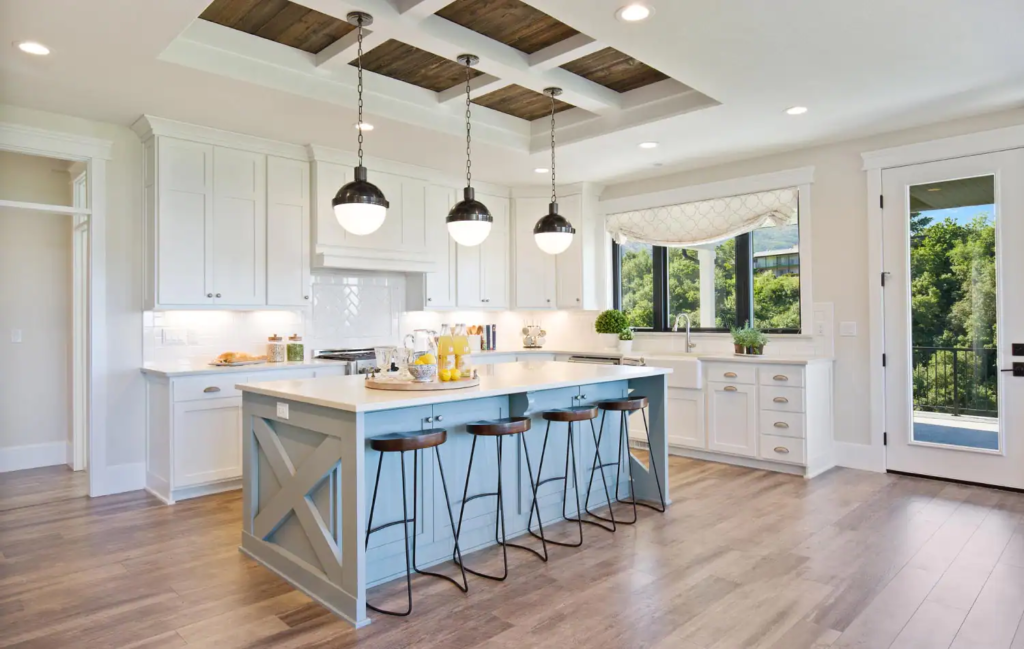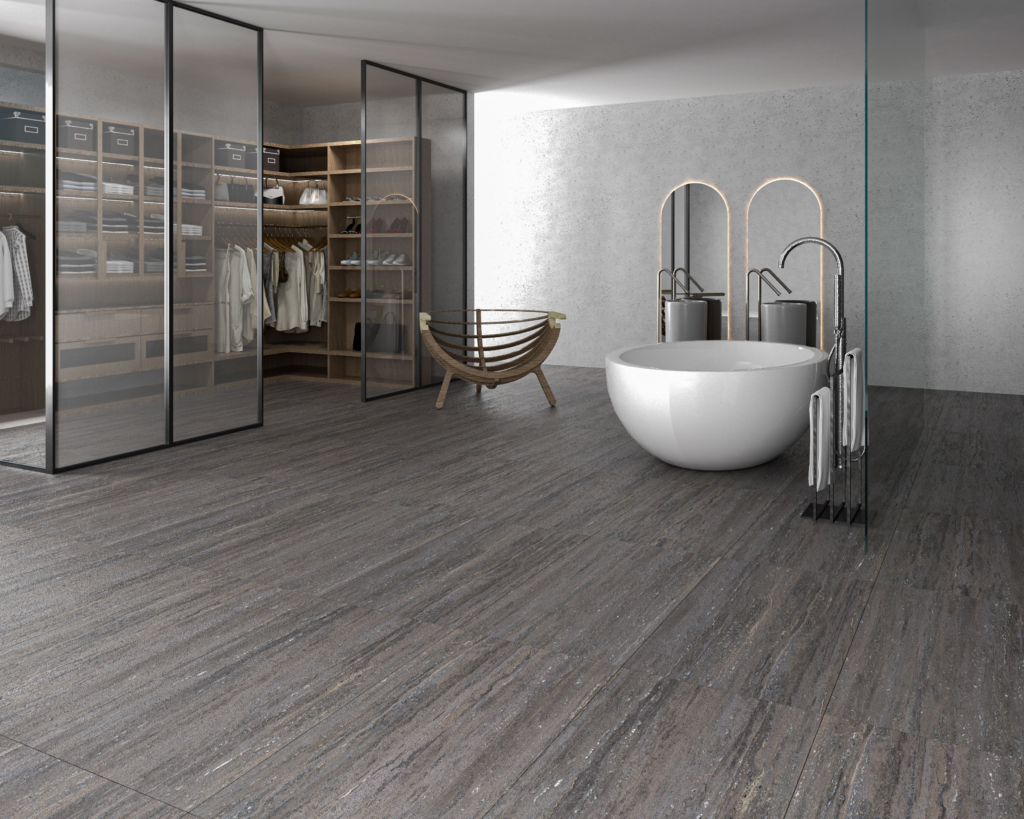“Hallway Decorating With Grey Floors” Dim floors are a well known decision for passages, offering a smooth and current tasteful that supplements different plan styles. Their flexibility takes into consideration artistic liberty, making them an ideal material to grandstand your character. Notwithstanding, corridors can at times feel like neglected spaces. Be that as it may, dread not! With a touch of arranging and these moving thoughts, you can change your dim stunned foyer into an inviting and up-to-date entrance.
Table of Contents
Picking the Right Wall Tone:
- Light and Vaporous: “Hallway Decorating With Grey Floors” For a splendid and open feel, think about the particular shade of dim in your floors. In the event that they’re a light, cool dim, match them with fresh white for an immortal look. In the event that they’re a hotter dark with earthy colored undercurrents, choose a cream or light beige to make a firm and welcoming environment.
- Emotional Difference: “Hallway Decorating With Grey Floors” for this, embrace a striking look by considering the sort of dim for a more nuanced impact. Assuming that your floors are a dull, charcoal dark, go for a naval force blue or even dark on the walls for an emotional and complex entrance, ideal for current or moderate homes. For lighter cool grays, a profound blue-green can add a bit of unforeseen energy.
- Warmth and Character: “Hallway Decorating With Grey Floors” In the event that your dark floors lean cooler, present warmth with explicit varieties. For a bit of daylight, attempt a light yellow like buttercream or daffodil. Earthenware adds a bit of grounded naturalness, while a delicate blush pink makes an inviting and ladylike feel.


Flooring Improvements:
- Sprinter Carpets: Raise your lobby with an upscale sprinter floor covering. Think about the material in light of your necessities. For high-traffic regions, pick a solid material like fleece or an engineered mix. Jute or sisal offer a characteristic and finished look, ideal for lower-traffic corridors. Try different things with striking mathematical examples like chevron or lattice, exemplary stripes, or comfortable surfaces like a stout fleece sew.
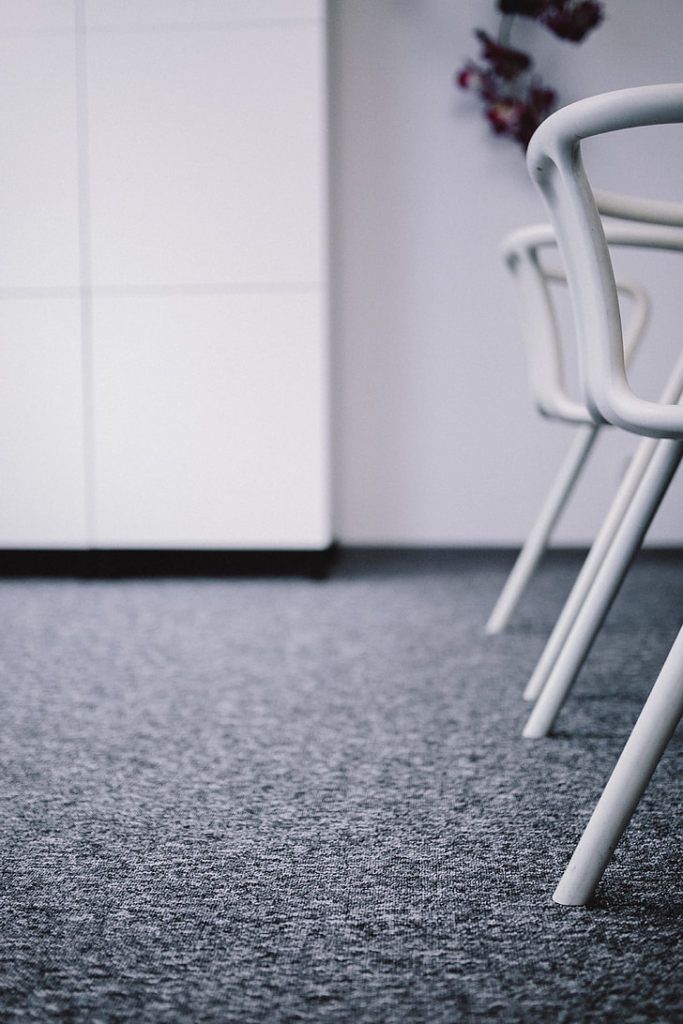
- Wall Framing: Add visual interest and a bit of extravagance with wall framing. Pick a wood framing that supplements the hints of your dark floors. For cool grays, decide on a light wood like debris or white oak. Hotter grays pair well with more extravagant woods like pecan or mahogany.

Lighting is Critical:
- Vital Arrangement: Don’t misjudge the force of good lighting! Recessed lighting along the roof is an exemplary decision, giving by and large enlightenment. Consider including sconces the walls for a more private feel. For a cutting edge touch, attempt mounted light with flexible bright lights to feature fine art or structural subtleties. Pendant lights can add a bit of character, particularly when hung in bunches or lurched at various levels.
- Normal Light: In the event that your foyer has windows, boost regular light by keeping them revealed or involving sheer draperies in a light, breezy texture like material or voile. Normal light lights up the space and makes an inviting environment.
Capacity Arrangements:
- Augment Usefulness: Corridors are amazing property for capacity arrangements. Use wall space with smooth coat snares, racks, or cupboards. Think about worked away arrangements with cubbies or drawers assuming space permits, keeping your doorway mess free and coordinated. For a moderate look, pick stowed away capacity arrangements like cupboards with recessed boards.
- Up-to-date Contacts: Don’t allow capacity to be a blemish! Decide on slick coat snares in one of a kind completions like brushed nickel or metal. Woven bins add a dash of surface and can hold shoes, scarves, or other regularly utilized things. Ottomans with worked away give a put to sit and put on shoes while offering extra capacity for tosses or covers.
Adorn with Style:
- Mirrors: Mirrors are a high priority in passages, mirroring light and making the deception of a bigger space. For a sensational assertion, think about an enormous, inclining mirror with an enhancing outline. An exhibition mass of more modest mirrors in different shapes and sizes adds a hint of diverse appeal.
- Craftsmanship and Plant life: Customize your corridor with work of art that mirrors your taste. An assertion piece of unique workmanship in striking tones can add a pop of character. A display wall exhibiting family photographs or travel keepsakes makes a warm and welcoming environment. Present life and a dash of nature with pruned plants. For a low-support choice, pick air plants or succulents that flourish in circuitous daylight. Draping grower with following plants add a hint of caprice, particularly close to windows.
- Console Tables: A control center table adds usefulness and style to your lobby. Pick a thin control center table that will not discourage traffic stream. Use it to show beautifying objects like figures, outlined photographs, or a delightful decorative layout. A classy light on the control center table adds additional light and climate.
Recall the Subtleties:
- Entryway Equipment: Update your door handles and switches with smooth and current equipment that supplements your dim floors and generally configuration plot.
- Baseboards: Don’t disregard the baseboards! Paint them similar variety as your walls for a perfect and strong look, or decide on a differentiating tone for a bit of show.
- Doormat: A polished doormat establishes the vibe for your home. Pick a mat that supplements your variety plan and adds a dash of character to your doorway.
“Hallway Decorating With Grey Floors”-End
With an insightful methodology and these moving thoughts, you can lift your dim stunned foyer from a straightforward way to a jazzy and welcoming space that mirrors your taste and establishes the ideal vibe for your home. So release your inventiveness, customize your decisions, and make sure to explore! Indeed, even little changes can have a major effect, changing your foyer into an inviting and critical initial feeling.









